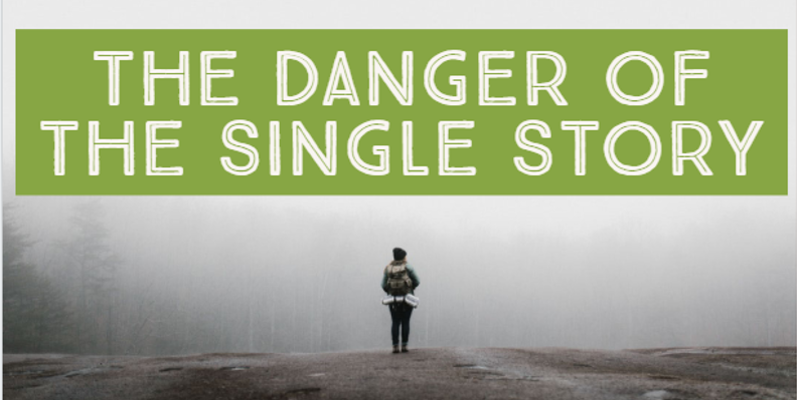HuffPost published a piece in August 2015 on the amount of money that teachers spend on their classrooms. They created a hashtag, #mymoneymyclass, on Facebook and Twitter inviting teachers to share how much they had spent in getting ready for the 2015-2016 school year.
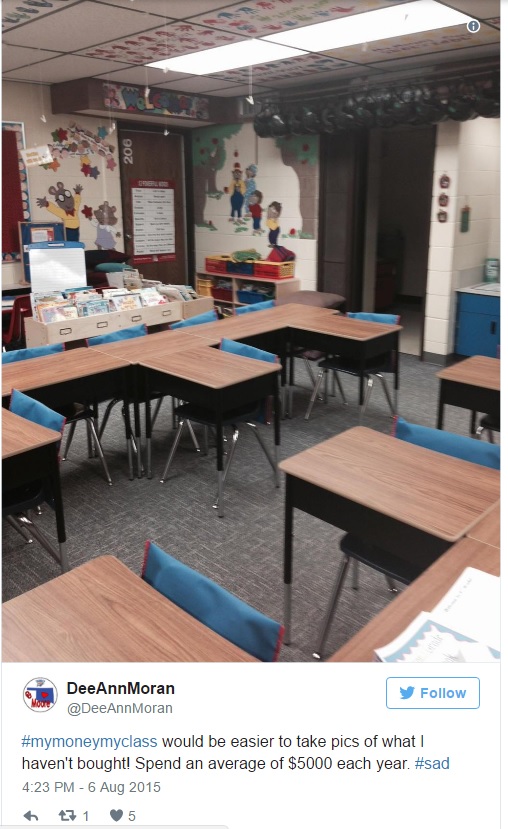
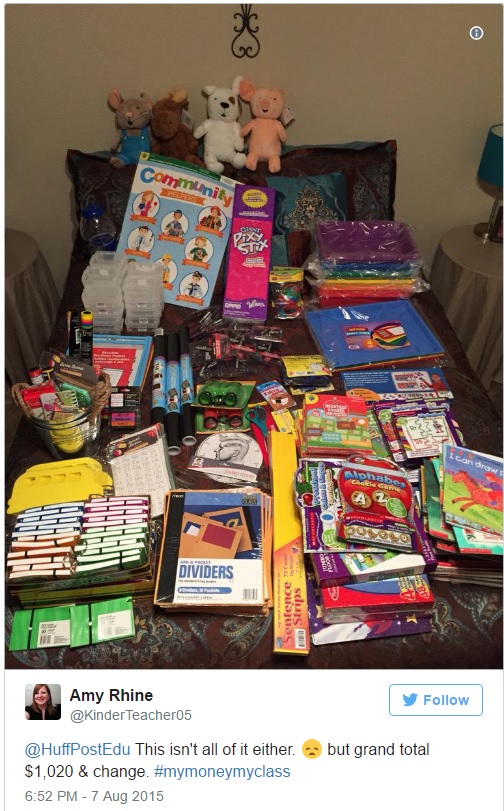
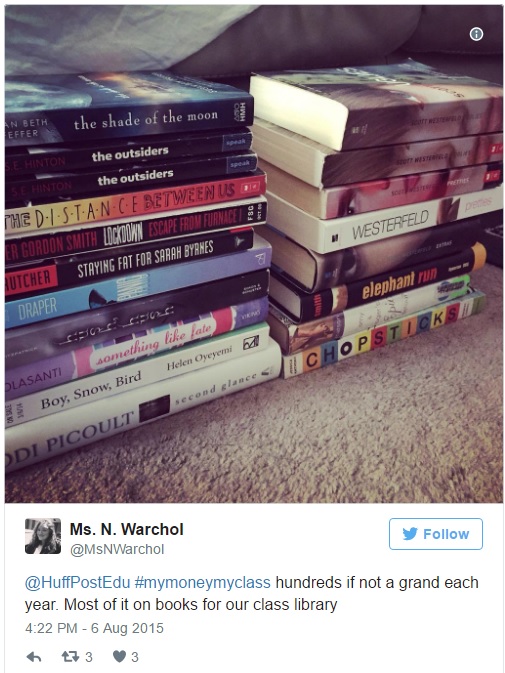
I’ve read similar articles that estimate the average dollar amount teachers spend yearly on their own classrooms is about $500. The HuffPost article indicates for some teachers it can be as much as ten times that amount.
Here we are in May. The school year is quickly coming to a end, and I’m curious about the return on investment (ROI).
To calculate ROI, the benefit (or return) of an investment is divided by the cost of the investment, and the result is expressed as a percentage or a ratio.
I’m not very good at calculating percentages or ratios, but I love stories that speak to authentic results. The kind of tangible results that won’t be lined up in neat little rows on Excel spreadsheets or discussed at length in data meetings.
In August of this school year, a kindergarten teacher I know purchased duct tape in the hopes of increasing the life of the freezer bags that would serve as book bags for her emerging readers. What a great teacher hack! I wished I’d thought about that a decade ago when I was still teaching kindergarten.
She allowed students to choose from the rolls of duct tape with brightly colored, kid-friendly designs. If you look closely in the pictures below you’ll see the duct-tape bound book bags.
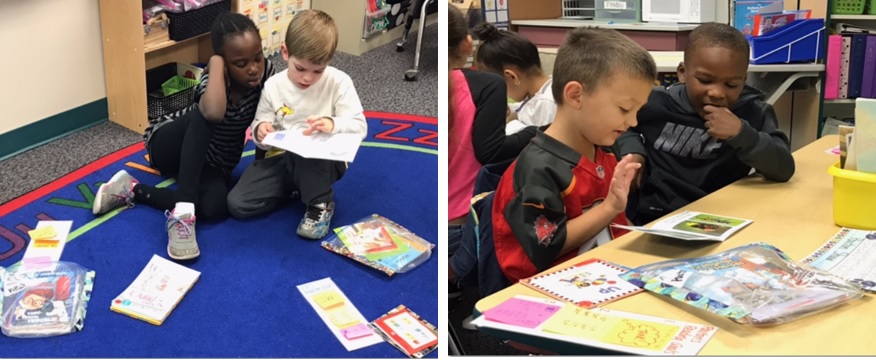
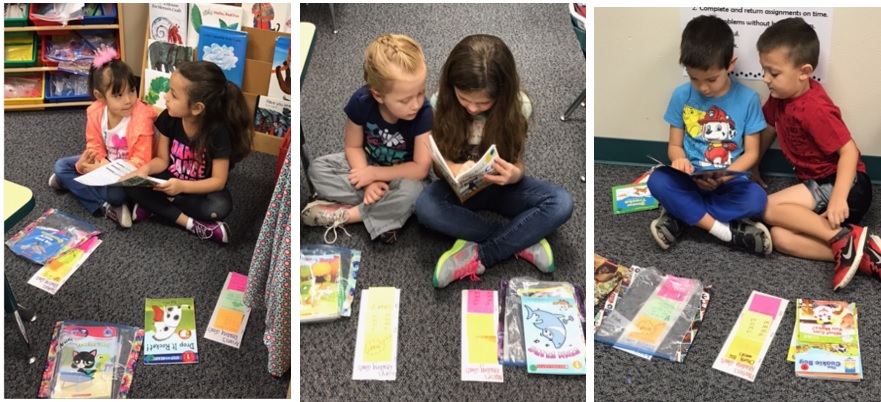
Mrs. B. shared with me how last week she’d asked the students to empty their bags and return their self-selected books to her classroom shelves.
As each child emptied their bag and placed the books on the shelves, Mrs. B. pointed to the trashcan where they could discard their well-used, worn, scruffy-looking reading bags.
One child after another refused to comply.
There was an interesting variety of responses from the nineteen students in her class. Some shook their heads, others looked at their teacher with alarm, a few gasped or simply voiced their misgivings. They clutched the bag lovingly and asked to keep it. Eighteen of the nineteen students would not throw away their duct taped, freezer container, book bag. They tucked them away in their backpacks to take home.
Turns out, that Mrs. B. was able to calculate the benefit of her investment.
The simple act of personalizing their book bags at the beginning of the year and using them daily in their independent reading time had endeared these young readers to a piece of plastic bound by duct tape.
Let’s be real.
I believe the students’ attachment to their book bags goes beyond the bag itself. I’d be willing to bet that their love for, and protection of. their book bags had a lot more to do with the experience and daily routine they’ve had all year long of reading books they had chosen themselves.
That plastic freezer bag held the object(s) of their growing affection. Affection for stories. For poetry. For informational text. For wordless picture books.
Can you put a price on that? I think not, but I can tell you that Mrs. B. can rest easy knowing that she got a great return on her investment.



